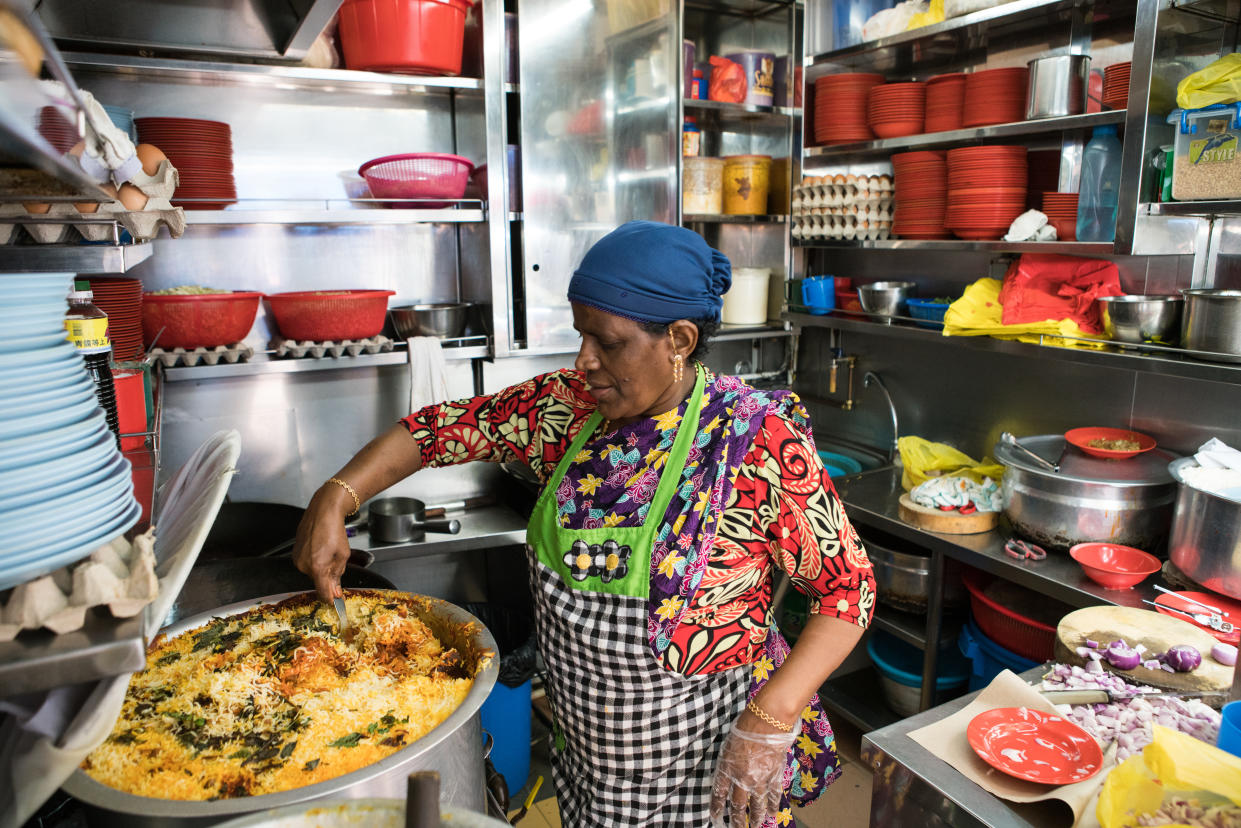Singapore submits nomination for hawker culture to be inscribed on Unesco list

Singapore has submitted the nomination for its hawker culture to be recognised by the United Nations Educational, Scientific and Cultural Organization (Unesco).
The National Heritage Board (NHB), the National Environment Agency (NEA), and the Federation of Merchants’ Associations, Singapore (FMAS) applied to inscribe the hawker culture on the Unesco Representative List of Intangible Cultural Heritage (ICH) of Humanity to the Unesco headquarters in Paris on Wednesday (27 March).
At a media conference at the FMAS headquarters in Joo Chiat Complex on Thursday, the NHB, NEA and FMAS said Singaporeans have overwhelmingly supported the nomination for Unesco’s recognition due to their strong affinity for the nation’s hawker culture.
Members of the public have submitted more than 850,000 pledges and written over 31,000 messages across various platforms including a website, a travelling exhibition and mobile pledging stations for the nomination. There were also over 200 letters of support from entities ranging from hawkers’ associations, schools to community groups.
“A successful nomination will demonstrate to the world how proud we are of hawker culture in Singapore, encourage greater appreciation for our hawkers, and show our commitment as a nation to safeguard hawker culture for generations to come,” the NHB, NEA and FMAS said in a joint statement.
Lively debate among food buffs from neighbouring countries
Singapore’s bid to be included in the ICH list had drawn lively debate around in Southeast Asia. Food buffs and hawkers from neighbouring countries had argued that their respective hawker culture is more authentic than Singapore’s and more representative of the hawker experience in the region.
The three agencies, however, insisted that the purpose of the nomination is not to declare that Singapore’s hawker culture is comparatively more superior in the region. They pointed out during the media briefing that, according to Unesco’s ICH website, “the inscription of an element does not mean it is the ‘best’ or ‘superior’ to another, or that it has universal value, but only that it has value for the community or individuals who are its practitioners”.
NHB’s director (heritage research and assessment), Yeo Kirk Siang, added, “The purpose of the nomination is to promote greater appreciation for Hawker Culture in Singapore, and rally support from the Singapore community to commit to safeguarding this heritage and encouraging its sustainability.
“The intention of such nominations is not to prove that the element is authentic or better than other cultures.”
Video showing Singapore’s vibrant hawker culture
The nomination documents submitted to Unesco for evaluation comprise a nomination form, letters and videos showing community support, a set of photographs, as well as a 10-minute video.
There are five evaluation criteria for Unesco to judge whether a nomination is worthy of putting on its intangible cultural heritage list:
How much it conforms to Unesco’s definition of an intangible cultural heritage
Whether it is listed in the country’s own list of intangible cultural heritage
Whether it has raised public awareness and discussion
Whether there are safeguarding measures to ensure its sustainability
How much support it has garnered
Since the list was developed in 2008, there have been 399 elements of intangible cultural heritage added as of 2017. Some examples include the Mak Yong theatre (Malaysia, 2008); Gastronomic Meal of the French (France, 2010); Chinese Shadow Puppetry (China, 2011); Kimjang, or the making and sharing of Kimchi (South Korea, 2013); and Yoga (India, 2016).
A 24-member Intergovernmental Committee will deliberate on the suitability for Singapore’s hawker culture to be inscribed on the Unesco Representative List and announce its decision late next year.
Other Singapore stories:
Listening to heavy metal hasn’t affected my faith, says Christian father and teacher
Changi the first to win World’s Best Airport for 7 straight years
Lorry driver admits to driving while man was grabbing steering wheel and dangling



